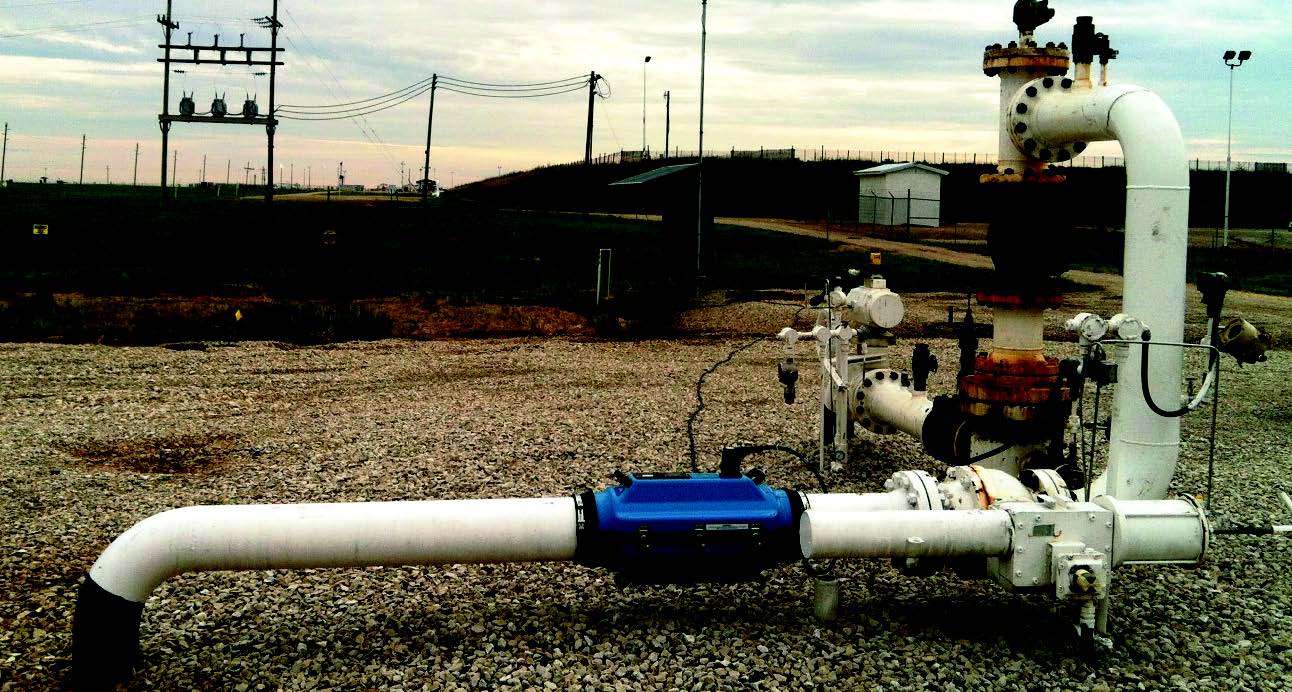Customer challenges
- Natural gas liquids (NGL) including ethane, propane, butane, isobutene and pentane are important and widely used fuels and feedstock for petrochemical plants and are most commonly held underground, under pressure
- NGL is transported in and out of the storage cavern by injecting or withdrawing brine, therefore when the brine is moved safety devices are required to detect hydrocarbons that have leaked into the brine – particularly important to avoid environmental hazards, as well as an explosive or ignition hazard
- Due to the corrosive nature of brine, inline meters require frequent and costly replacement and create potential leak paths
- Traditional flow metering accuracy is challenged by the presence of gas in the brine, as well as measuring flow rates of liquids and salt
Expro Excellence
- Expro’s sonar meters are widely used in the natural gas storage brine circuit
- The PassiveSONAR™ flow meter’s unique capability of measuring volumetric flow rate and gas volume fraction is ideally suited for the operational and regulatory requirements of the brine transfer application
- To measure the flow rate, the PassiveSONAR™ flow meter employs an array of passive strain-based sensors to track the velocity of turbulent eddies in the fluid flow; and to measure GVF it detects sound waves in the fluid as they pass through the sensor array
Value to client
- The ability to measure both flow rate and GVF non-intrusively
- Ability to monitor hydrocarbon leakage into the brine circuit
- When NGLs are present in the brine circuit the liquids instantly flash to gas, which are measured by the PassiveSONAR™ and in turn sends the GVF measurement to the clients’ safety system that is programmed to alert when elevated levels of gas are detected in the brine
- The clamp-on design allows installation on existing pipework and without modifications
- No parts are in contact with the flow, which contributes to a long, maintenance-free equipment lifespan



